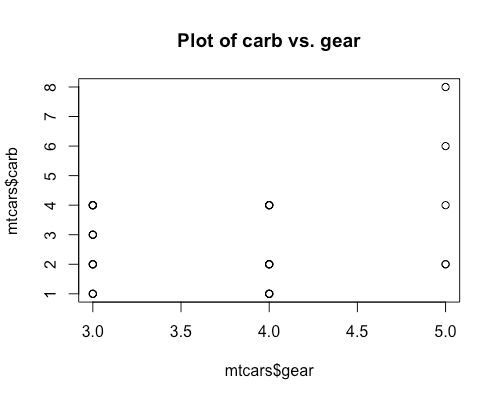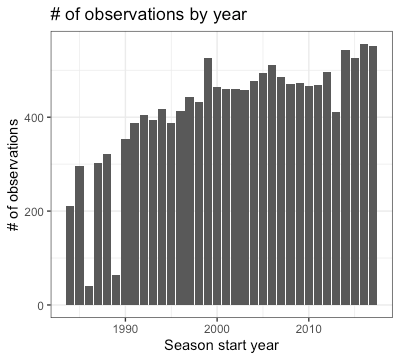What is a sunflower plot?
A sunflower plot is a type of scatterplot which tries to reduce overplotting. When there are multiple points that have the same (x, y) values, sunflower plots plot just one point there, but has little edges (or “petals”) coming out … Continue reading →









